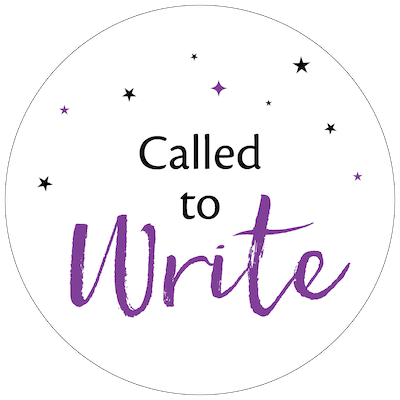In a recent post I wrote about what “counts” as writing. I promised to share some of the story development steps I take before I’m willing to begin writing actual new pages; hence this post. This is a work in progress for me; I’m constantly working to hone and improve my writing skills, so I’m sure it will continue to evolve as I evolve as a writer.
Here’s what I currently like to have before starting to write, in approximate order:
- Goals, Motivation, and Conflict (GMC) for Main Characters: The goals, motivation, and conflict for each of my primary characters so I stay in touch with what they’re doing, why they’re doing it, and what gets in their way over the course of the story. (This link will take you a more detailed article about GMC.)
- Character Profiles: I write character profiles for my primary and secondary characters detailing their personality traits, flaws, character arcs, and more. (This link takes you to the same place as the one above, where you can also download a free character profile template that includes GMC.)
- Logline: A twenty-five word summary of the story, including its best hook.
- Premise Line: A longer summary of the story, using Jeff Lyons’s method for mapping the core structural story elements to a premise line template.
- Theme and Message: What’s this story about? This is one of those things I’m usually guessing at when I first start —it often doesn’t become clear until I’ve written one or more drafts, but I like to take a stab at it before I begin. More on this in the future.
- Internal and External Content Genres: I like to use Shawn Coyne’s The Story Grid* to get clear on the external and internal content genres of the story to help me make sure I’m staying in touch with the theme and intent of the story I’m aiming to tell.
- Key Story Values: I also like Shawn’s approach to identifying the key values at play in the story (as indicated by the content genres) and make sure (to the extent of my current abilities!) that I also understand their gradations along the spectrum from positive to opposite/contrary to negative/contradictory to the negation of the negation that I’ll be exploring over the course of the story.
- Primary Plot Points: I detail my primary plot points, using a cobbled-together version of the many variations I’ve learned over the years. These tie in well with the mini-movie method I use (developed by Chris Soth) and help break a story down into smaller chunks.
- Opening
- Inciting Incident
- End of Act I, Lock In, Plot Point #1
- First Pinch Point
- Midpoint
- Second Pinch Point
- End of Act II, Cave Moment/All Is Lost, Plot Point #2
- Crisis
- Climax
- Resolution
- Plot Backstory: I like to write out a summary in prose of what’s happened leading up to the story. Who was doing what before we enter this story world’s timeline?
- Scene by Scene Outline: I also like to have a scene by scene outline before I start writing scenes. I identify their location (with a slugline, since I’m writing scripts), the essence of what happens in the scene, and several other elements. I use a scene template that I’ll share with you at some point.
- Treatment/Synopsis (Optional): I may also write a treatment or synopsis for the story, knowing it will likely change as I write the actual story, just to give myself a little more guidance about what happens. Usually I’ll do this before a scene outline.
- Query Letter (Optional): Sometimes I’ll even take a stab at writing a query letter for the project to help me identify the hooks for the story and what to focus on building strongly.
- Timeline or other organizing structural tools (Optional, if the story demands it): If needed, I’ll create a timeline for the project (particularly valuable for time travel stories!) or create other project specific organizational systems if the story requires it. This is one of those gut-level things for me.
Once I have all these pieces of the puzzle assembled, that’s when I’ll feel more confident about starting pages. Sure, some may change, but it gives me a road map and greatly streamlines the writing process for me. I’m also finding that I’m asking myself to stay longer and go deeper with each element, in order to feel more solid about it before diving in.
What do you like to have before you start writing pages, if anything? Or are you more of a pantser when it comes to writing pages? I’d love to hear about your approach in the comments.
* Affiliate link


Speak Your Mind